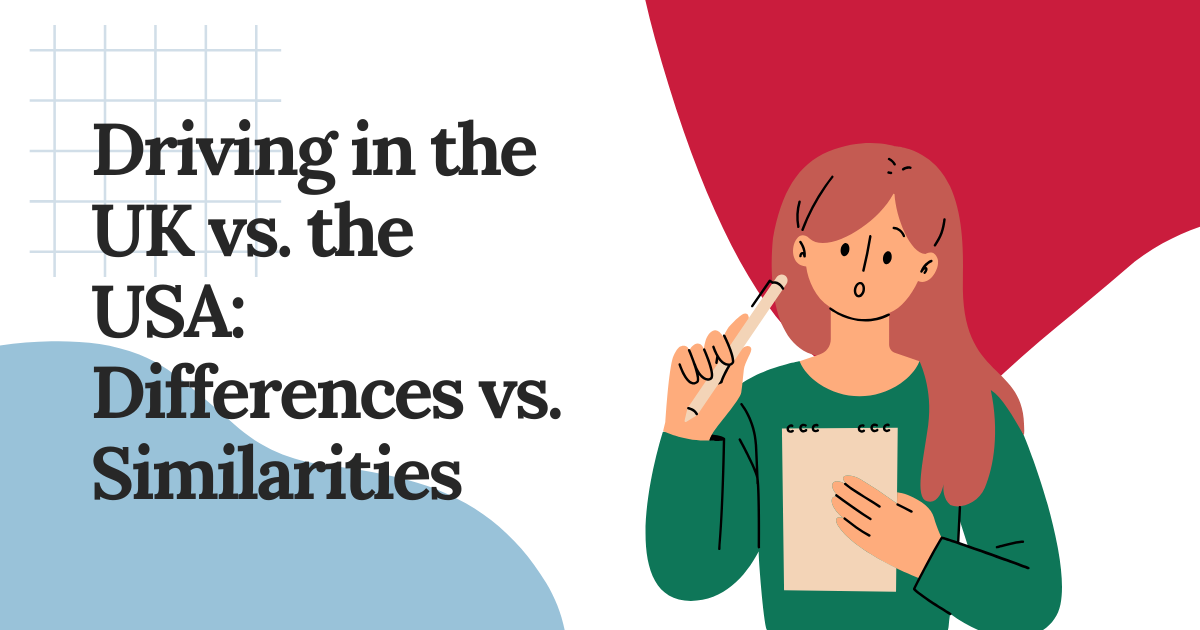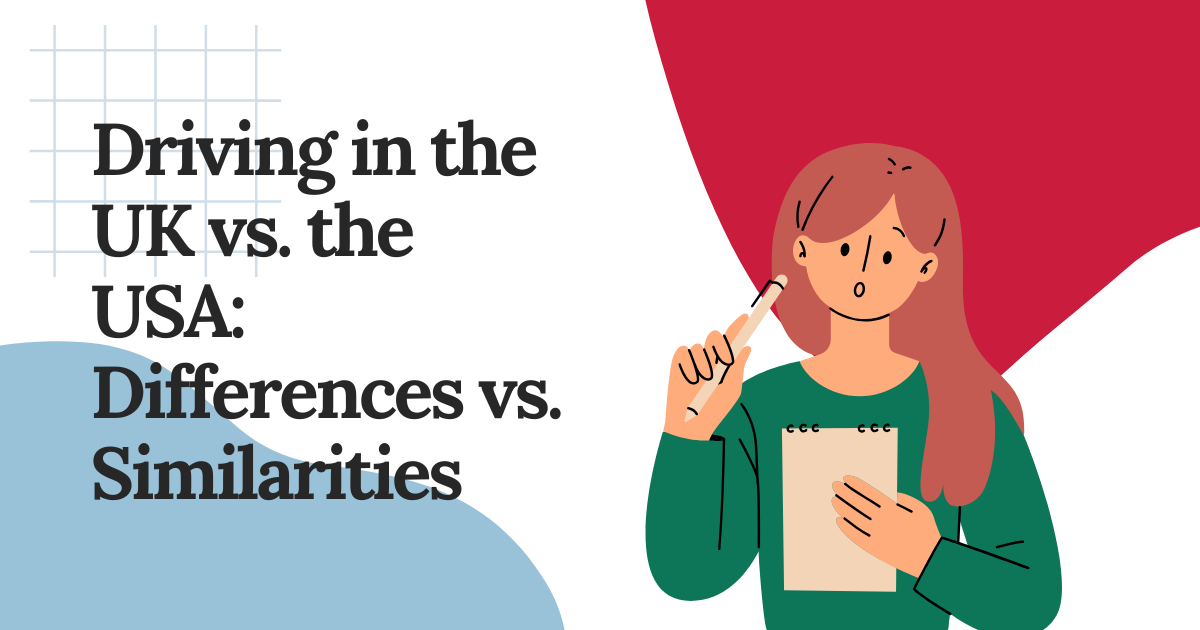Driving in the UK vs. the USA: Differences vs. Similarities
By David Cooper on Feb 03, 2025
Driving is a universal skill, but the experience can differ wildly depending on where you are. Despite their shared language, the UK and the USA have roads that couldn’t feel more different. From quaint cobblestone streets to sprawling six-lane highways, each country has its own quirks that drivers must adapt to.
If you plan to switch steering wheels between these two nations, here's a complete laydown of what makes driving in the UK and the USA unique.
The Roads
One of the first things you'll notice in the UK is how narrow the roads are—especially in historic towns and rural villages. Many streets were designed long before cars existed, so squeezing past oncoming traffic can feel like a tightrope act. Add in the occasional stone wall or hedgerow, and it’s a real test of your steering skills.
In contrast, American roads, especially outside city centers, are built for size and space. Highways are wide and straight, designed with long-distance travel in mind. Even city streets often have ample room, making it easier for larger vehicles like SUVs and trucks to navigate.
Road Signs
The UK relies heavily on symbols for road signs. While most are easy to understand, a few might leave American drivers scratching their heads. Have you ever seen a red triangle with a picture of a hedgehog? Yep, that's a warning for wildlife crossings.
On the flip side, American road signs favor words over symbols. You'll see direct instructions like "Stop," "Yield," or "No U-Turn," making them easy to follow. Fortunately, you can also practice and recall the DMV road signs with the best resource - the Free DMV Permit Test. It’s truly a fantastic way to familiarize yourself with driving basics.
Pedestrian Priority
Pedestrians truly rule the road in the UK. Cars are legally required to stop if someone steps into a zebra crossing (a crosswalk marked with stripes). Drivers are also generally more cautious around pedestrians, especially in residential areas.
While crosswalks exist in the USA, the culture is a bit more car-centric. Pedestrians often wait for drivers to stop before crossing, especially in less urbanized areas.
Driving Gear
In the UK, manual cars (stick shifts) are the norm. If you’re renting a car, chances are it’ll come with a clutch and gear stick. Driving an automatic is seen as more of a luxury and less common outside major cities.
It’s the opposite in the USA—automatic cars dominate the market. Most American drivers learn to drive on automatics, so stick shifts are considered old-school or specialty vehicles.
Traffic Enforcement
Speed cameras are everywhere in the UK. You’ll spot them at intersections, motorways, and even small village roads. They’re highly effective, and tickets are mailed directly to your address if you’re caught speeding.
While cameras are becoming more common in the USA, traffic enforcement is still largely handled by police officers. You’re more likely to get pulled over for speeding than snapped by a camera.
City Driving
Driving through cities like London can feel like a maze. The streets are often winding and follow ancient layouts rather than a logical grid. Add in double-decker buses, cyclists, and congestion zones (areas where you pay a fee to drive), and it’s a challenging environment for first-timers.
In American cities, grid systems are common. This makes navigation easier. Even in busier areas like Manhattan, the streets are numbered and easy to figure out. Parking, however, can be just as difficult in both countries.
Wrapping Up
Driving in the UK and the USA offers two very different experiences, each with its own charm. Whether you’re weaving through the historic streets of England or cruising down the Pacific Coast Highway, you must stay open to the differences. So, pack your bags, adjust your GPS, and get on the road—you’ll find that despite the differences, the joy of driving is universal.


